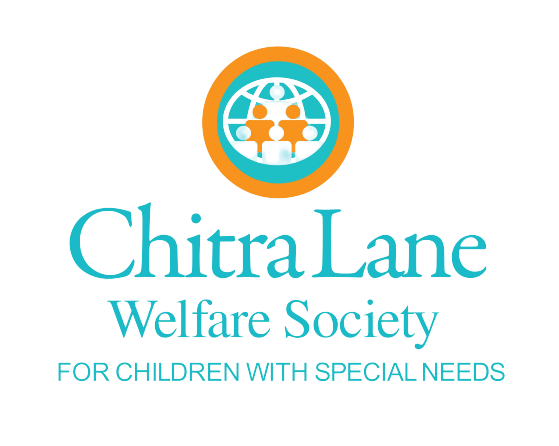Autism is sometimes referred to as having a “spectrum” of conditions ranging from very mild to severe. Thus children with autism display a great range of intellectual functioning, with about 60% having an IQ below 50. Children with the mildest forms of autism are often barely distinguishable from children not on the autism spectrum, and are frequently able to function in a mainstream classroom with minimal support. On the other end of the spectrum, children may display severe physical and cognitive disabilities. Approximately a third of cases will have at least one epileptic fit before adulthood.
Some researchers have found abnormalities in the brain structure and function of individuals with autism that may be the result of certain types of infections during early infancy. Illnesses in the mother or chemical exposure during pregnancy may also turn out to be linked to later autism.
Other researchers have found biochemical imbalances in autistic children and there is even evidence of genetic predisposition in some cases of autism.
- The child is not “cuddly” and may be indifferent or even dislike physical contact and affection.
- Is aloof and makes little or no attempt to communicate or engage with his or her surroundings or with other people, including parents and other children.
- Rarely or never makes eye contact—looks away from or past other people.
- May be either hyperactive (over-responsive to stimuli) or hypoactive (under-responsive to stimuli).
- May act deaf despite no medical evidence of hearing loss, or otherwise not respond appropriately to sounds.
- Has an unusual or obsessive attachment to or use of certain objects, such as spinning any object he or she comes in contact with or tearing paper.
- Displays self-stimulating repetitive movements such as rocking, hand flapping or finger-licking.
- Is resistant to change of any kind in his or her environment or routine.
- Lacks fear of real dangers like fire or the sea.
- May display a total lack of language or difficulties with both receptive and expressive language.
- May display inappropriate emotional behaviour such as giggling, crying or aggression for no apparent reason.
- Developing eye contact
- Encouraging interaction with others
- Teaching self-help skills
- Discouraging repetitive behaviours whilst encouraging constructive behaviours
- Developing communication skills
It is vital that autistic children receive the necessary interventions as early in like as possible in order to achieve his or her highest potential.



